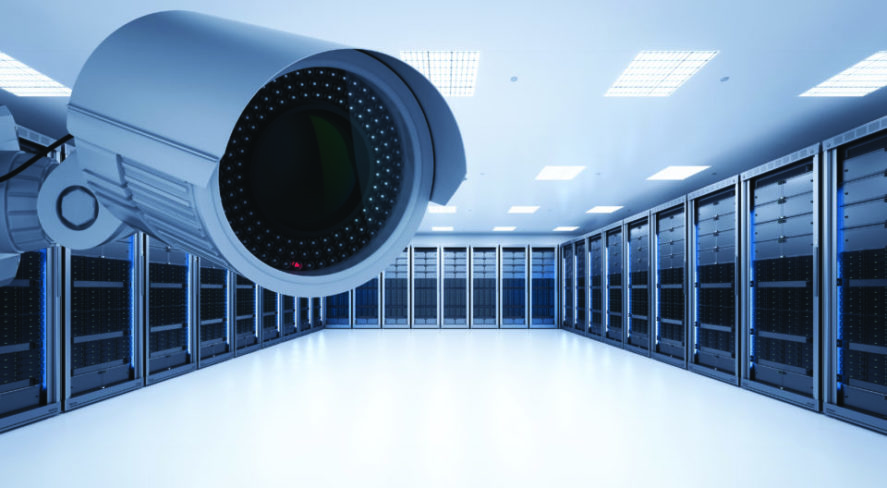There Is More to Cameras Than Megapixels

For systems integrators, it is not enough to sell megapixels alone. Sure, the number is important, but ultimately end users want to know the value proposition and how the camera will help solve security, safety or other challenges at the protected premises. Users want to be able to target specific areas with technology that resolves issues or addresses risk. They are most often looking for a solution that can be handled as an operating expense, versus a large capital expense that may take months or even years to budget for.
The good news is that with the higher resolutions, image quality and clarity provided by megapixel cameras come a wealth of other benefits and capabilities that translate into a lower total cost of ownership, heightened business intelligence and other valuable services that systems integrators can provide to customers.
Evolution in Action
The state of megapixel and high-definition camera research and development has evolved to higher resolutions, superior imaging and the ability to apply the latest compression codecs for more efficient bandwidth use in transmission and storage as well as cloud computing. Higher definition is great, of course, but what it affords in new implementations is what really matters to security integrators and users – and there is no shortage of exciting and trending features that installers can leverage to target customers’ applications.
First, a clarification: Resolution and image quality are actually very different. A high-resolution product can still result in a poor picture if the end-to-end solution does not have the right compression, cabling, monitors, servers, transmission, PC graphics cards, and so on. Even with a 12MP camera, the image quality at the other end could translate down to a nearly useless 1MP if the entire ecosystem has not been carefully planned.
The benefits of improved resolution have been widespread, with significant impact on the systems integration channel. While high-quality imagery has become the norm, integrators want to know what value-added features they can provide to differentiate their offerings and bring even greater value to the end user, making them a happier and perhaps stickier client.
Technology Benefits and Impact
Megapixel technology provides higher resolution for viewing greater detail, covers an expansive area and helps more fully define objects. These advancements can be effectively deployed with live images, where one high-resolution camera can cover the same visual area of two or three lower resolution cameras. For cameras in applications such as sports stadiums or arenas, surveillance can pick out individuals at greater distances with exceptional clarity.
Installations seeking a combination of high resolution and high performance at a competitive price point are making the jump to 4K cameras, which have dropped in price like other units on the market. The increased amount of pixels per foot with 4K cameras improves image detail, which can be especially useful in areas such as loading docks, transportation hubs and distribution centers, and airport terminals. With additional processing power a key part of the equation, built-in infrared illuminators can produce clear images at an effective distance in subpar lighting conditions.
Real Bandwidth Reduction
Integrators now have technology available that reduces network bandwidth and video storage requirements. Intelligent bitrate control mechanisms adjust the compression configurations during live streaming, minimizing bandwidth and storage requirements for H.264 and H.265 video streams. This embedded technology continuously monitors and optimizes system streaming parameters to match the level of activity within the camera’s field of view, offsetting the added video storage required when streaming at 4K resolution. Users enjoy cost savings by both reducing the load on their network and lowering the amount of storage required.
Customers with scenes that feature times of no movement or areas within the image that remain static stand to gain the most from this technology. For example, a car parking facility or building entrance may have low motion activity for extended periods. These conditions let users dramatically reduce the amount of bandwidth and storage needed while still allowing them to record and/or view a high-quality video stream.
At the Edge Gains Speed
With greater processing power, camera analytics are moving to the edge. Cameras can now process complex analytics, including motion detection, line crossing, loitering, audio classification and other activities. New technology that enables “trickle storage” has made its way to edge-based video for guaranteed assurance of recording. With this capability, a camera automatically detects short-term network interruptions and starts recording video to an onboard SD memory card, followed by a seamless video transfer of the recording to a hard drive or VMS once the network connection is reestablished.
Numbers are great, but think first about what is to be accomplished, as well as what the challenges are, and then marry the appropriate megapixel camera to the specification. Become a problem solver, which is easy to do with the wide range of camera features and capabilities now available.
